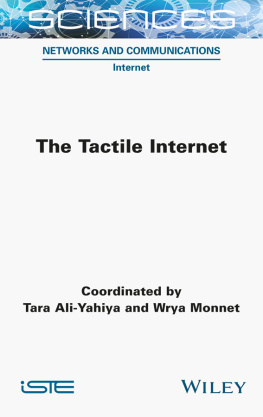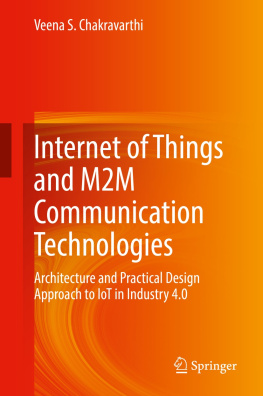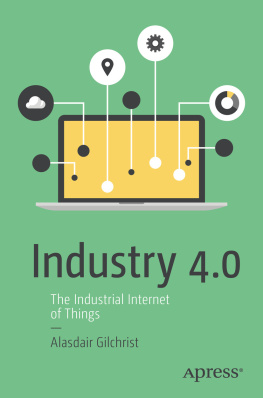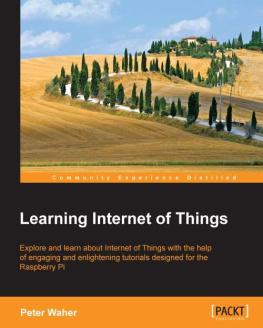Information Policy Series
Edited by Sandra Braman
The Information Policy Series publishes research on and analysis of significant problems in the field of information policy, including decisions and practices that enable or constrain information, communication, and culture irrespective of the legal siloes in which they have traditionally been located as well as state-law-society interactions. Defining information policy as all laws, regulations, and decision-making principles that affect any form of information creation, processing, flows, and use, the series includes attention to the formal decisions, decision-making processes, and entities of government; the formal and informal decisions, decision-making processes, and entities of private and public sector agents capable of constitutive effects on the nature of society; and the cultural habits and predispositions of governmentality that support and sustain government and governance. The parametric functions of information policy at the boundaries of social, informational, and technological systems are of global importance because they provide the context for all communications, interactions, and social processes.
Virtual Economies: Design and Analysis, Vili Lehdonvirta and Edward Castronova
Traversing Digital Babel: Information, e-Government, and Exchange, Alon Peled
Chasing the Tape: Information Law and Policy in Capital Markets, Onnig H. Dombalagian
Regulating the Cloud: Policy for Computing Infrastructure, edited by Christopher S. Yoo and Jean-Franois Blanchette
Privacy on the Ground: Driving Corporate Behavior in the United States and Europe, Kenneth A. Bamberger and Deirdre K. Mulligan
How Not to Network a Nation: The Uneasy History of the Soviet Internet, Benjamin Peters
Hate Spin: The Manufacture of Religious Offense and its Threat to Democracy, Cherian George
Big Data is Not a Monolith, edited by Cassidy R. Sugimoto, Hamid R. Ekbia, and Michael Mattioli
Open Space: The Global Effort for Open Access to Environmental Satellite Data, Mariel Borowitz
Decoding the Social World: Data Science and the Unintended Consequences of Communication, Sandra Gonzlez-Bailn
Designing an Internet, David D. Clark
Designing an Internet
David D. Clark
The MIT Press
Cambridge, Massachusetts
London, England
2018 Massachusetts Institute of Technology
All rights reserved. No part of this book may be reproduced in any form or by any electronic or mechanical means (including photocopying, recording, or information storage and retrieval) without permission in writing from the publisher.
This book was set in Stone Serif by Westchester Publishing Services. Printed and bound in the United States of America.
Library of Congress Cataloging-in-Publication Data
Names: Clark, David D. (David Dana), 1944 author.
Title: Designing an internet / David D. Clark.
Description: Cambridge, MA: The MIT Press, 2018. | Series: Information policy series | Includes bibliographical references and indexes.
Identifiers: LCCN 2017061377 | ISBN 9780262038607 (hardcover: alk. paper)
Subjects: LCSH: Wide area networks (Computer networks) | Internetworking (Telecommunication) | InternetHistory.
Classification: LCC TK5105.87.C63 2018 | DDC 004.67/8dc23
LC record available at https://lccn.loc.gov/2017061377
To Susan, who has supported this book with tolerance and sympathy.
I promise not to do this again any time soon
List of Figure
- The hourglass model of the structure of the Internet, capturing the diversity of applications and technologies, connected through common agreement on the standards for IP (Internet protocol) and TCP. Adapted from Realizing the Information Future (National Research Council, 1994, 53).
Series Editors Introduction
Sandra Braman
It is one thing to acknowledge that the Internet is a sociotechnical system, quite another to fully incorporate both the social and the technical sides into decision-making for the network and its uses. Putting politics to the side, the greatest challenge for those involved with information and communication policy today is bringing the technical and legal communities together in a common conversation. There have been technical decisions made in ignorance or disregard of legal constraints and policy problems that might or would ensue and, conversely, laws put in place by policy-makers who so little understood the technologies being regulated that the statutes or regulations were impossible to implement, bearing no relation to how the systems of concern actually work. The challenges are many, for the modes of thinking, language, and types of specific focal problems that must be addressedand how they are frameddiffer across multiple dimensions.
David Clarks Designing an Internet is a foundational work for those seeking to think in both social and technical terms when addressing sociotechnical policy problems. His knowledge of the Internet design process spans almost 50 years, beginning with his work on the technical issues involved in the early 1970s through his leadership of a series of recent efforts funded by the U.S. National Science Foundation that explored alternative approaches to network design issues that might be taken up in the future. The book is not only for those involved in the ever-ongoing Internet design process, but also for legal decision-makers, policy advocates and activists, entrepreneurs, and anyone who thinks about the nature of the Internet, what values are in play and how they might be in tension with each other, and where we might go from here. Designing an Internet is beautifully and accessibly written, and is so rich that many readers will find it deserving of more than one read and of keeping on the shelf as a reference work.
The book discusses over two dozen proposals that have been put forward as alternatives to various Internet features and for how to improve the Internet going forward. Clark explains the design considerations that must be taken into account to achieve goals that include sustainability, security, access, economic viability, manageability, and meeting a wide range of social needs. Significant attention is paid to the economic, social, and political factors that provide the context within which networks are built and operate, and that will determine whether any given element of network architecture will actually succeed over time.
Those struggling with contemporary issues, such as network neutrality, will find Clarks explanations of Internet design enlightening; from a design perspective, to stick with this one example, the fundaments of network neutrality lie with the basic question of whether anything is known about what is in a flow or whether bits are bits are bits. It is with knowledge that the possibility of constraining, preventing, or violating network neutrality is born; without it, segregating knowledge by content or service or vendor would not be possible. Technical matters such as whether a router can see the content of a packet affect not only the potential for surveillance but also economic issues of interest to content providers and third-party intermediaries. Those thinking about ways in which the nature of the state, as well as governance, is changing will also appreciate Clarks unveiling of what has for those who are not computer scientists been hidden in technical language. While the international legal and political system is of course composed of geopolitically recognized states, for the Internet it is autonomous systems (59,000 of them at the time of writing). When faced with matters of scaling, computer scientists will typically think in hierarchical terms, while lawyers, politicians, and political scientists may well not.
















